

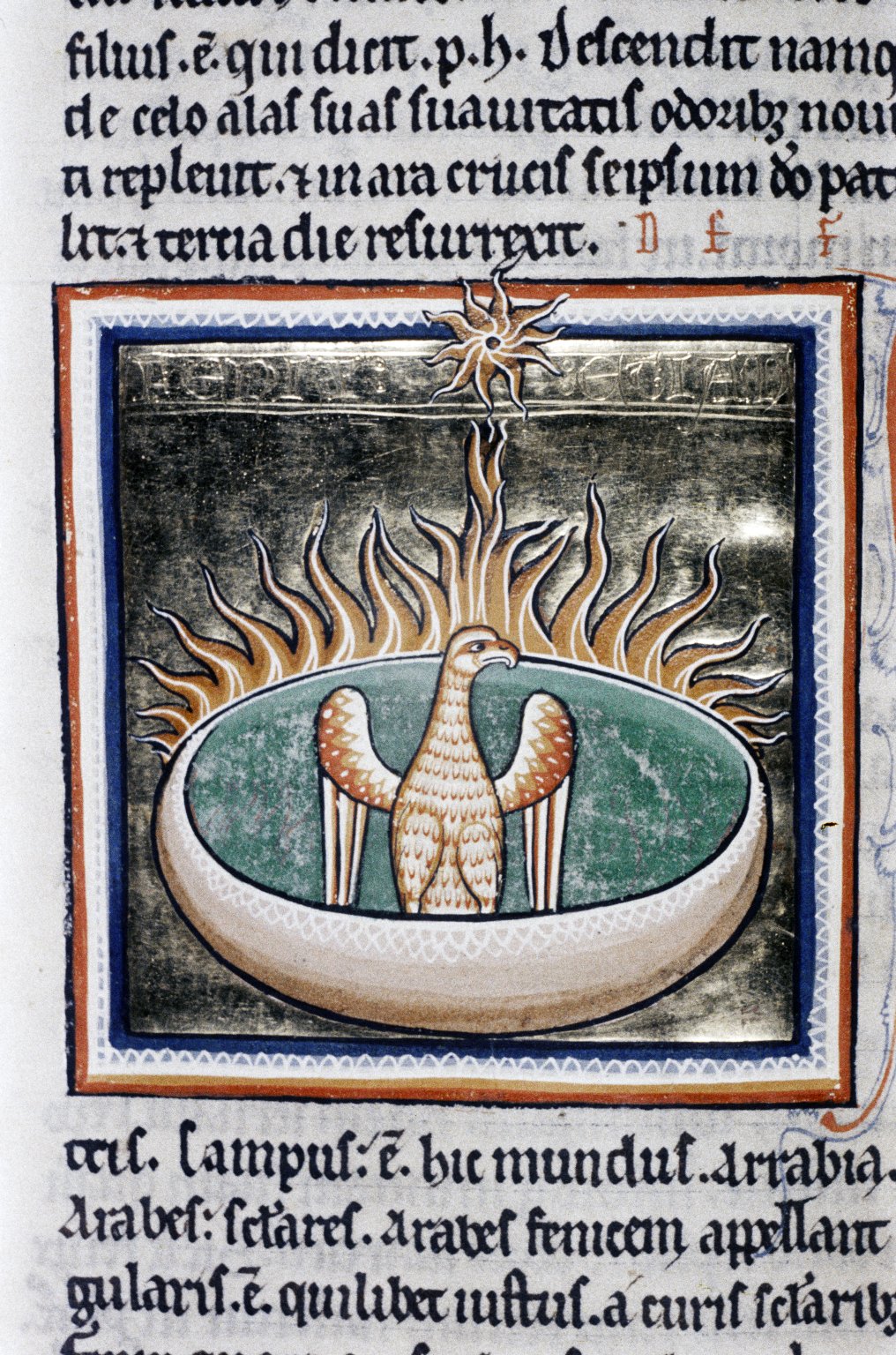
The Index of Medieval Art is proud to announce that the new database platform is now in beta. Project Phoenix is the culmination of years of planning and development in collaboration with Luminosity Labs. When we first conceived this project in the summer of 2014, we decided that we needed to develop a platform that was modular enough to build upon in the future. It was important to us that, as methods of study change, the tools we provide researchers must be able to evolve as well.
There are now more access points into our data. Our new advanced search and refinement tools will give our users much greater flexibility, so that results can be narrowed to isolate specific works of art. Users will now have the ability to target their queries with multiple factors—such as date, location, subject, media, and more—but with precise control.
The new platform also introduces a responsive design, meaning that the user interface can adapt to your device whether it is a large computer monitor or a smaller tablet. We estimate as much as 50% of our web traffic is from mobile devices such as iPads, so we are working to make sure that we can support the mobile experience.
This is just the start: we will be rolling out many additional features over the next few weeks and months. In the coming year we plan to introduce a new interface for navigating in situ works, as well as a new interface for exploring our subjects by hierarchical classification rather than keywords alone.
In 2018, we will also be implementing IIIF support for images. This will mean that works of art for which we have high-resolution images can be examined in greater detail. You will have the ability to zoom in and out, and to pan around the images, all from within our web application.
We invite you to try out our Project Phoenix beta to see what we’ve been working on. And please send us your feedback! We welcome your thoughts, but keep in mind that this is the beta stage of development, so not everything is working perfectly yet. Some features have not been fully implemented, and some may be disabled from time to time while we work to improve them.
In the meantime, the old, familiar database is still available to subscribers. This legacy database will continue to be available until we are comfortable that the new version can supersede the old one completely.
Thanks for your support and patience through these exciting times. We look forward to hearing from you about the new design!
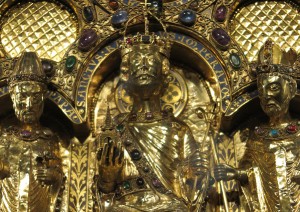
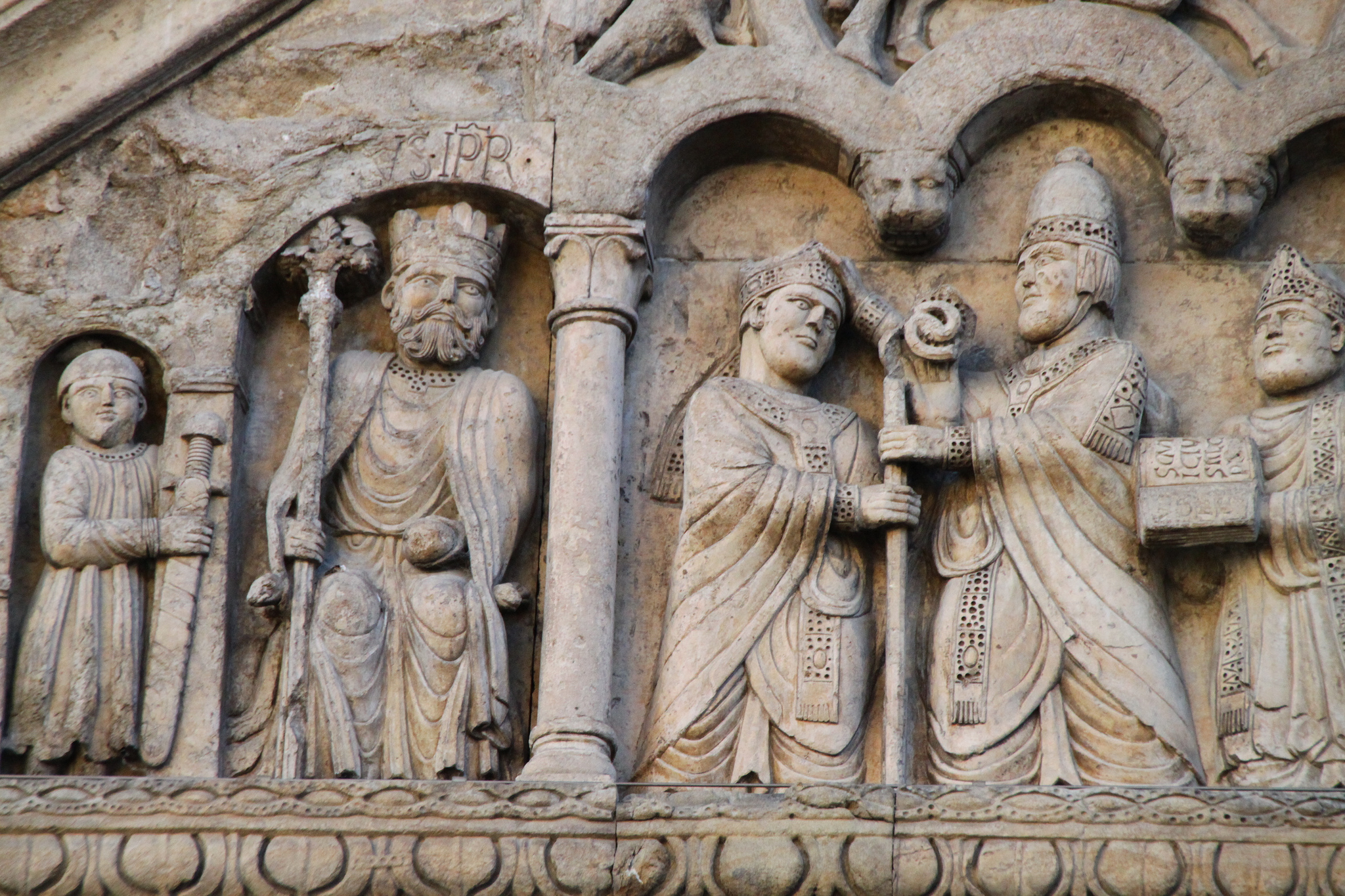
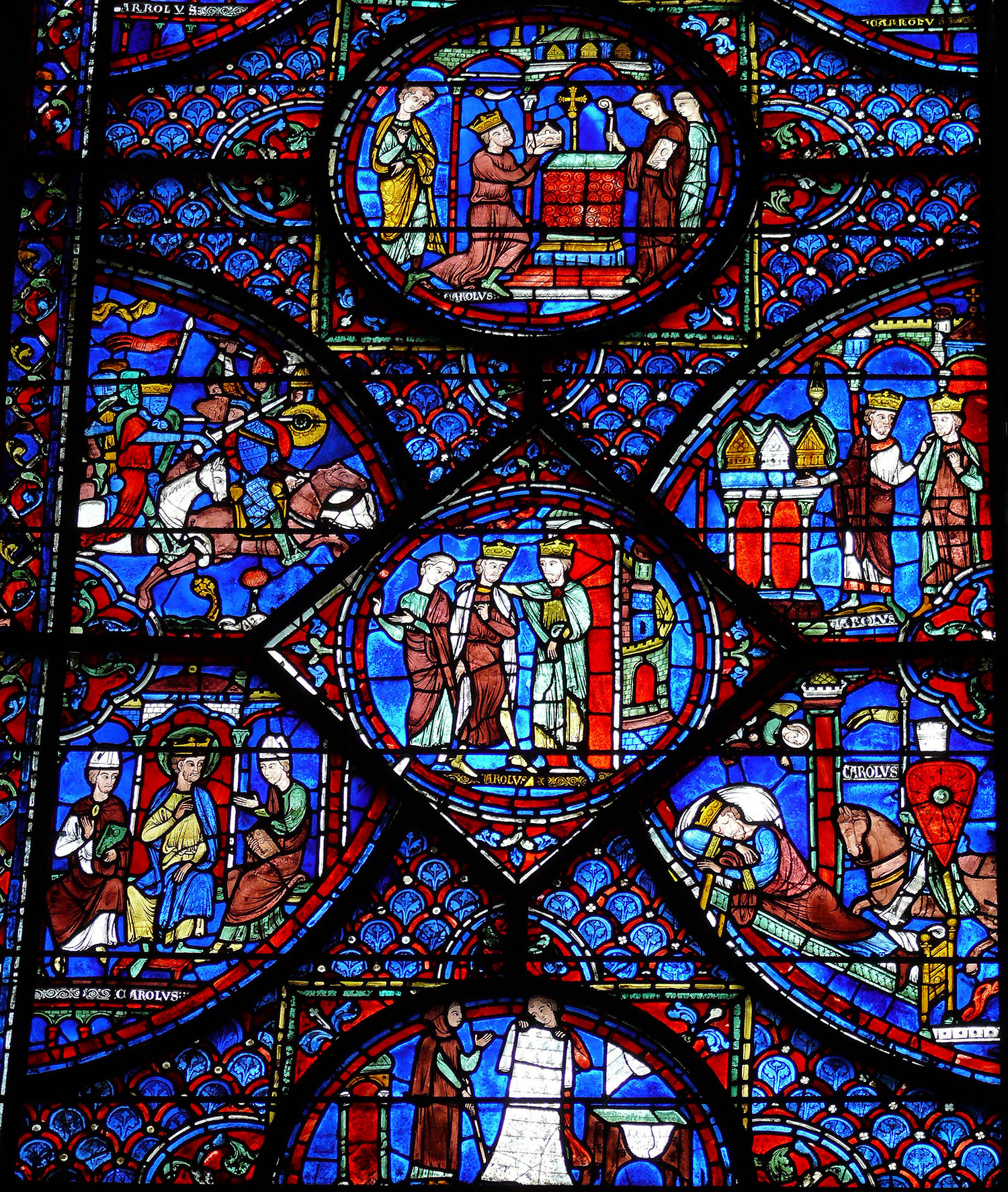
Today marks the feast day of Saint Charlemagne. The Frankish leader was canonized by the antipope Paschal III in 1165, some three-and-a-half centuries after his death on January 28, 814. Political motivations assuredly played a role in this act given the pontiff’s desire to curry favor with Charlemagne’s successor, Emperor Frederick Barbarossa. Yet it is well worth remembering that distinctly local commemorations of the emperor had already been established throughout the original footprint of the Carolingian empire.
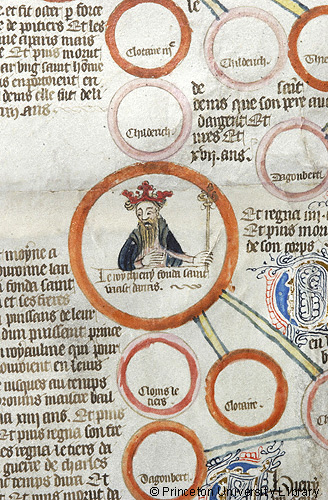
Although Paschal III’s ordinances were officially revoked during the Third Lateran Council in 1179, Charlemagne remained a figure of veneration, particularly in the cathedral of Aachen, which houses an elaborate thirteenth-century shrine containing his relics. On Karlstag, the twelfth-century liturgical chant Urbs Aquensis, urbs regalis is performed within the cathedral in celebration of the emperor’s memory. With its vivid language, the sequence evokes Charlemagne’s accomplishments by describing him as a soldier of Christ, just ruler, converter of infidels, and an all-around rex mundi triumphator. Such descriptors complement posthumous medieval depictions of the emperor, which are amply represented in the Index’s catalogue. Portrayed variously as a ruler, warrior, patron, and saint in different media, these figures of Charlemagne underscore the diversity of guises and legends that developed after the historical emperor’s death.